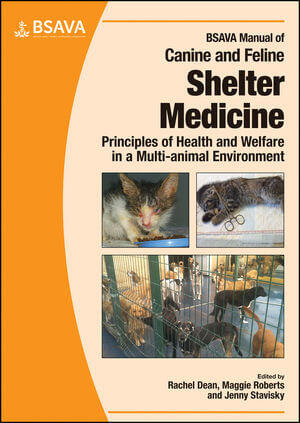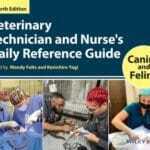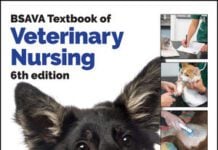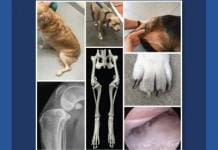BSAVA Manual of Canine and Feline Shelter Medicine: Principles of Health and Welfare in a Multi-animal Environment

By Rachel Dean, Margaret Roberts and, Jenny Stavisky
Learn effective animal handling and restraint techniques! Animal Restraint for Veterinary Professionals, 2nd Edition describes each procedure with two to eight photos showing the exact steps needed to achieve safe restraint. A chapter is devoted to each domestic animal species, including cats, dogs, cattle, horses, sheep, goats, pigs, rabbits, rodents, ferrets, and birds. New to this edition are updated photographs showing the latest and greatest restraint procedures for all types of animals. Written by expert veterinary technician educators C.C. Sheldon, Teresa Sonsthagen, and James Topel, this practical guide also includes a chapter on knot tying!
- Step-by-step guidelines make it easy to understand safe, proper restraint procedures.
- Over 500 full-color photographs illustrate restraint procedures.
- A clear, non-technical writing style along with descriptive photographs simplifies animal restraint concepts.
- Comprehensive coverage in each chapter includes normal and abnormal behavior characteristics, precautions, special handling, restraint devices, and descriptions of medical procedures — such as venipuncture — for which special restraint procedures are necessary.
- Restraint Principles chapter summarizes the considerations for restraint, animal safety, circumstances for restraint, the effect of restraint on animals, and complications.
- Knot Tying chapter presents basic types of knots that may be used to safely restrain larger animals.
This Book is For Premium Members Only









































